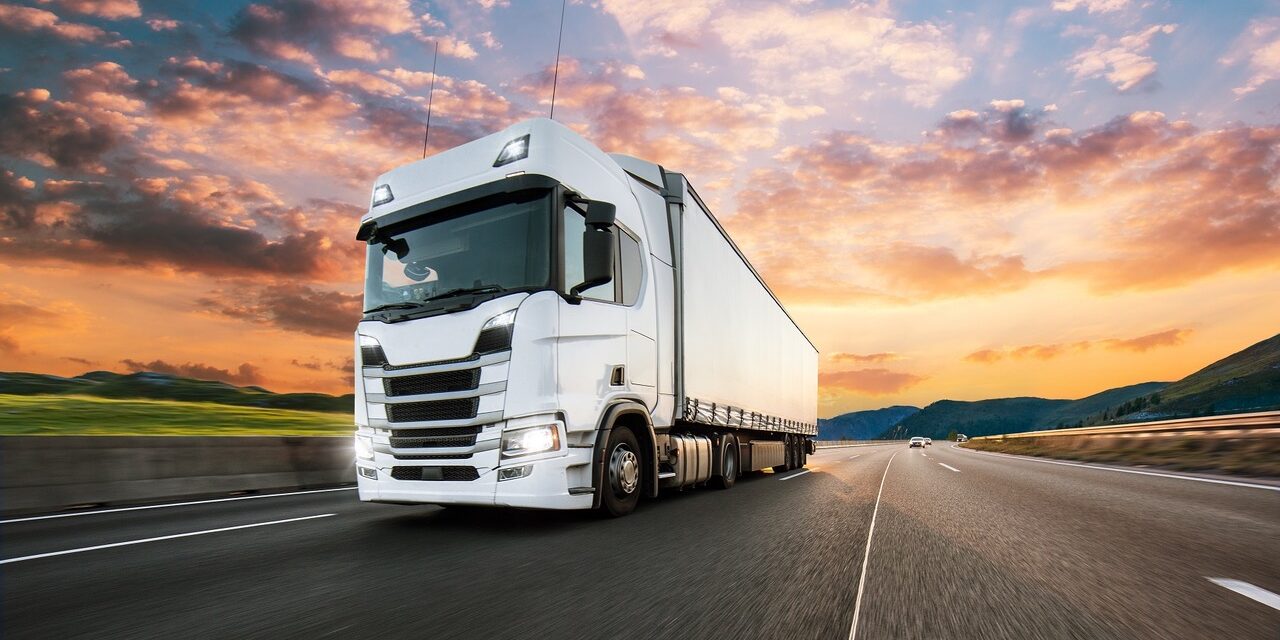~ Why commercial vehicles face unique challenges on the path to electrification ~
Electricity’s share in transport energy is projected to increase sevenfold from its 2011 level by 2050. Yet while great strides are being made in the electrification of passenger vehicles, commercial vehicles and other heavy vehicles are slower on the uptake. Here, Roger Brereton, head of sales at steering systems specialist, Pailton Engineering, explains some of the unique challenges on the road to electrification in different sectors.
If we look at progress toward the electrification of vehicles, we find a lack of uniformity. Electrification of passenger vehicles is accelerating, but different sectors present unique challenges. The opportunities presented by electric vehicle technology also varies depending on the type of vehicle we are looking at. For this reason, the uptake will be slower and more complicated in some sectors and we should not expect the success of passenger vehicles to be easily replicated.
Commercial vehicles
The issue of range anxiety is compounded by the specific demands of commercial vehicles. Range anxiety refers to the limitations of distance that an electric vehicle can travel on a single charge. Electric vehicles cannot travel as far on a single charge, when compared with vehicles that used an internal combustion engine.
Although the gap between the two is narrowing, this problem is of greater concern for commercial vehicles which have to travel much longer distances than your average passenger vehicle. For This would be less of an issue were it not for the fact that charging is more problematic as well. Charging takes significantly longer than refuelling. Unsurprisingly, the larger batteries required for commercial vehicles, long haul vehicles in particular, take significantly longer to recharge than the smaller batteries in passenger vehicles.
The practicalities of charging are also different. For a passenger car, it may be possible to leave your car charging overnight. Given the demands long haul vehicles face, this approach is less than ideal. The electrification of commercial vehicles would also require significant investment in charging infrastructure, to make sure charging stations were abundant and accessible.
The key factor that holds back electrification of commercial vehicles is weight. Heavier vehicles require larger and therefore heavier batteries to get them moving. Research by Benchmark Mineral Intelligence has estimated that a 1,000 litre fuel tank weighing 800 kg would provide the equivalent level of energy to a 20,000 kg lithium ion battery. As things stand, it is difficult to see how long haul electric vehicles are commercially viable, when compared to the performance of the diesel engine.
Weight is the enemy of speed. A key challenge in bringing forward electrification then is making sure the other components of the vehicle are as light as is possible while maintaining performance levels. At Pailton Engineering, when we receive enquiries for custom made steering parts for commercial vehicles, our focus is always on reducing the weight of the component without sacrificing performance and reliability. Every gram counts.
The environmental challenge
Those who are more optimistic about the possibility of electrification of heavy vehicles might point to the rise of electric buses as a counter argument to some of the challenges raised above. However, inner city buses are travelling much shorter distances than many commercial vehicles. Perhaps more importantly, electric buses have benefited from substantial government intervention. This is especially so in China, which hosts 99% of the world’s electric bus fleets.
It is also worth considering that the electric vehicle is only the interim solution to the problem of sustainable transport. In principle, hydrogen fuel cells might prove more suited to heavy vehicles. While these technologies are still in their infancy, it is best to stay open minded about where the best engineering solutions will be find.
Without significant standardization in vehicle batteries, their disposal also creates an entirely new environmental problem. A recent study found that for the amount of electric cars produced in 2017, there would be 250,000 metric tonnes of battery waste. Adding battery waste from the commercial vehicle sector too would accelerate the need to resolve that problem also.
In the meantime, there are alternative ways of reducing vehicle emissions. For example, platooning is one option being explored. This involves the linking of two or more vehicles in a convoy, often employing automated technologies. Another example already alluded to is greater emphasis on high quality parts. Improved conventional components that can reduce both the overall weight of the vehicle and the friction generated while driving can also improve fuel efficiency.
Different vehicles face different demands. The challenges and opportunities from electrification are not uniform across each sector. In comparison to passenger vehicles, many other sectors face a steeper uptake of the technology because of issues like greater range anxiety and inadequate infrastructure. In some sectors, it may be the case that electrification is still a long way off or is less viable than alternative means of cutting emissions. Design flexibility and innovation will therefore be key.
Pailton Engineering provides custom-engineered steering systems and steering parts for heavy goods vehicles.
